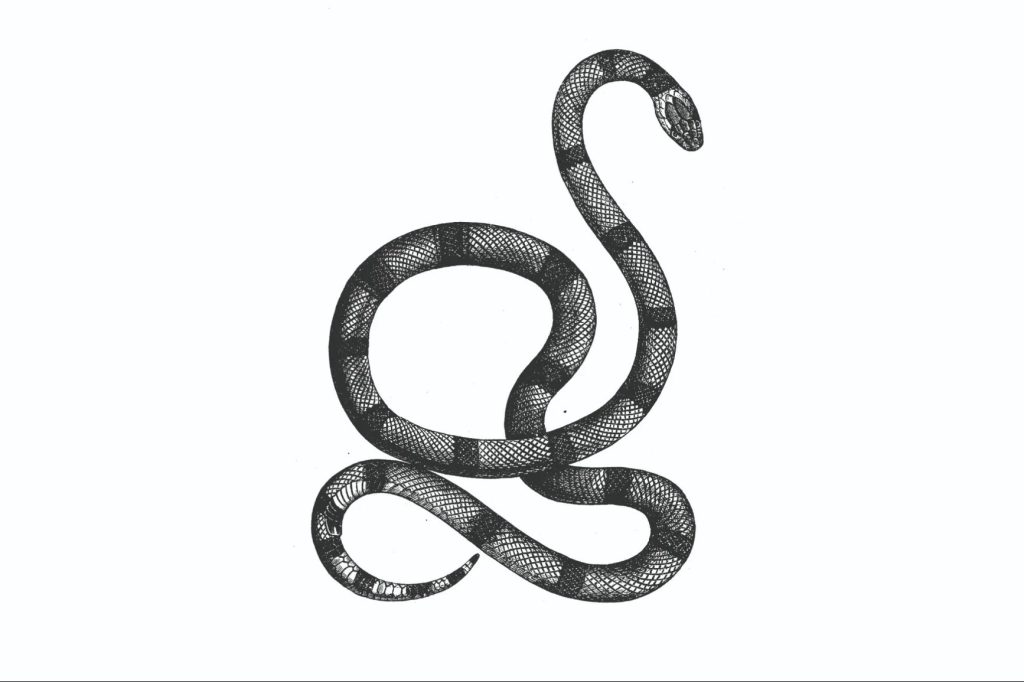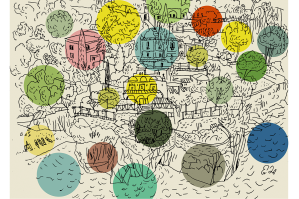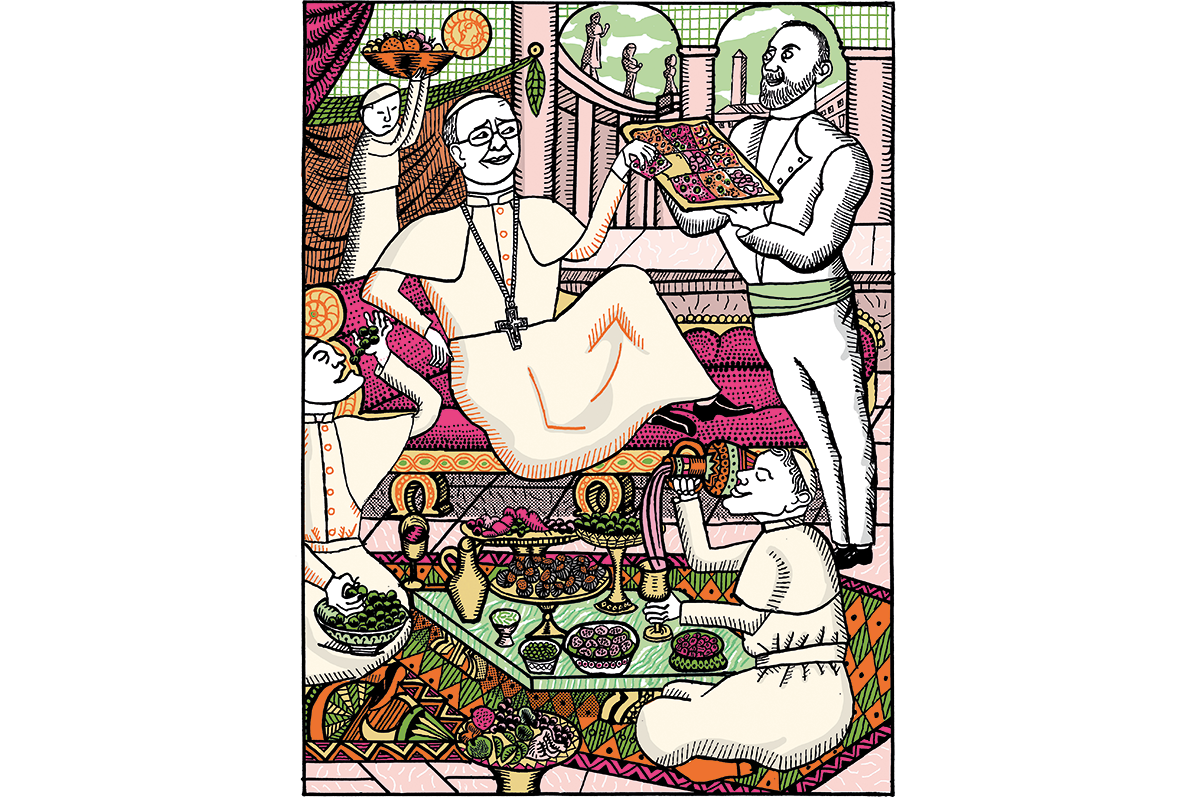Dante’s Beach, Ravenna
It is strange how events elide and create a pattern whose significance remains elusive. I had just returned from a raid under the cover of the night on a huge field near our house a mile from the sea. I had about a hundred pounds of ripe tomatoes in plastic bags in the back of my battered old seven-seater Land Rover Defender and was wondering if, as an impoverished father of six, I could use the Thomist defense: “It is not theft, properly speaking, to take secretly and use another’s property in a case of extreme need: because that which he takes for the support of his life becomes his own property by reason of that need” (Aquinas, Summa Theologica).
“Not until you flog the Defender you can’t,” I heard the chorus of faces in the ancient gallery chant. But then as I parked outside our house, I saw through the windscreen the most amazing shooting star to the north, which obviously settled the matter in my favor. Don’t ask me why but take it from me: that shooting star was the work of God and not of the Devil. And it was a gigantic thumbs-up splashed across the night sky.
Paolo’s big idea is that artists have been, if not actually possessed by Satan, most definitely piloted by him
As luck would have it, the next day my old friend Paolo, who currently manifests as a poet and art historian, presented his degree thesis at the Accademia di Belle Arti in Ravenna on L’Estetica di Lucifero (The Aesthetics of Lucifer). In Italy, anyone can listen to such presentations and there were about thirty there, mostly young women, to hear his highly seductive and instructive romp through the history of Satan and how he has been depicted in words and pictures since the year dot.
Paolo’s big idea is that artists since the French Revolution have been, if not actually possessed by Satan, most definitely piloted by him, and as a result art is ugly and the only antidote is beauty — to achieve it, however, will require mass exorcism.
The rot began with Milton in 1667 with his depiction of Lucifer in Paradise Lost as a heroic fallen angel and was compounded by Byron’s transformation of Lucifer in the early nineteenth century into a heroic fallen human. Byron — let us not forget — had the most serious love affair of his life right here in Ravenna with the married Teresa Guiccioli shortly before his death. All is lost by the time we get to the twentieth century, via Baudelaire et al., and Picasso’s “Les Demoiselles d’Avignon” (1907), which depicts — says Paolo — nothing short of a Satanic ritual. Satan, in a word, has become God, and art an empty commodity like Warhol’s “Brillo Box (Soap Pads)” (1964). Just look how ugly it all is.
Needless to say, Paolo — who has luxurious jet black hair tied in a bun and who that afternoon wore a knee-length purple silk scarf and a strategically unbuttoned shirt — was awarded the equivalent of a starred first on the spot. Bravo! Dante, who is buried just round the corner and wrote The Divine Comedy wandering round here after being banished from Florence, is a hard act to follow. But Paolo is a worthy pupil and has at least found hell on Earth, perhaps even heaven, in the shape of our nudist beach.
To resuscitate poetry from its comatose state he makes it visual. That means, for example, displaying poetry on walls, like graffiti, and in computer situations. Also on human flesh. So Paolo wanders the local nudist beach in search of bodies. And he does so naked, equipped with the tools of his trade.
Me, I hate that the nudists have stolen the best bit of our beach by occupying it and refusing to leave. That said, Paolo’s body-painting poetry, as he calls it, is a pretty cool idea. It involves an intense conversation between him and his (usually female) prey from which emerges the poem that gets written on their body. He posts photos of the results on his website Poetry Everywhere.
Be all this as it may, what about the snake? Who sent the snake into our house the very next day? And what does it mean?
My wife Carla, who became a devout Catholic only after meeting me perhaps to defend herself from me, listens to the Catholic radio station, Radio Maria, whose editor, Padre Livio, talks non-stop about the Devil as the “astuta serpe” (cunning snake).
Snakes, for us believers, are tricky. This particular snake was about twenty-five inches long and as black as night and just outside the ground-floor bedroom of Giovanni Maria, who is twelve. It then disappeared behind his desk. No doubt it was a baby whip snake, not a venomous viper, which we have in the nearby forest by the sea, but they grow up to six feet and a half long and are exceptionally aggressive. With intense effort we moved everything in Giovanni Maria’s bedroom, including his gigantic wardrobe, in an attempt to find the snake. With gloved hands, we even checked inside shoes. In vain. So the astuta serpe remains on the loose in our house. I pray that it has crossed to the other side like in Harry Potter on Platform 9¾ at King’s Cross.
Carla, who thinks she knows me inside out, said: “Are you sure you actually saw a snake?” It is a question that depresses me in that it questions my sanity. But would it be better if I had seen the snake, or I had not?
This article was originally published in The Spectator’s UK magazine. Subscribe to the World edition here.

























